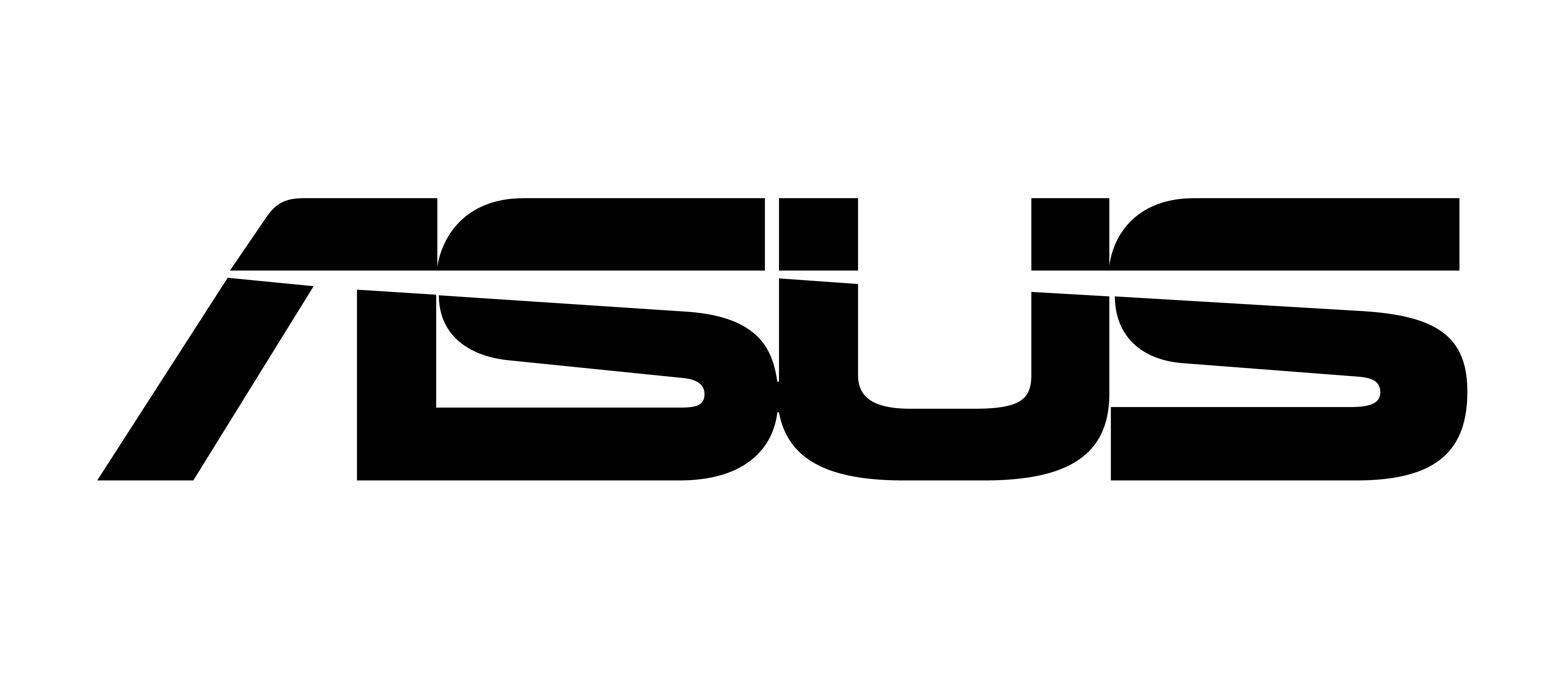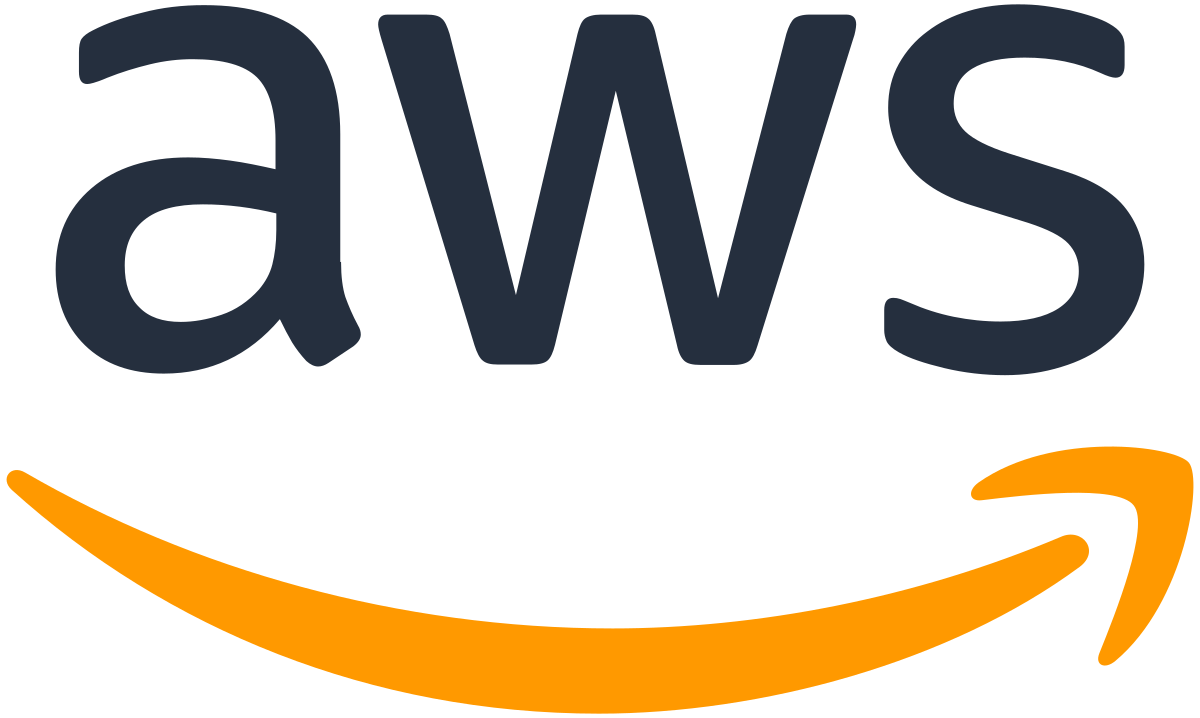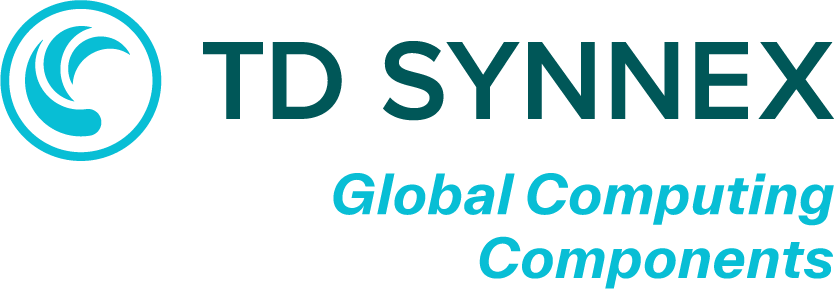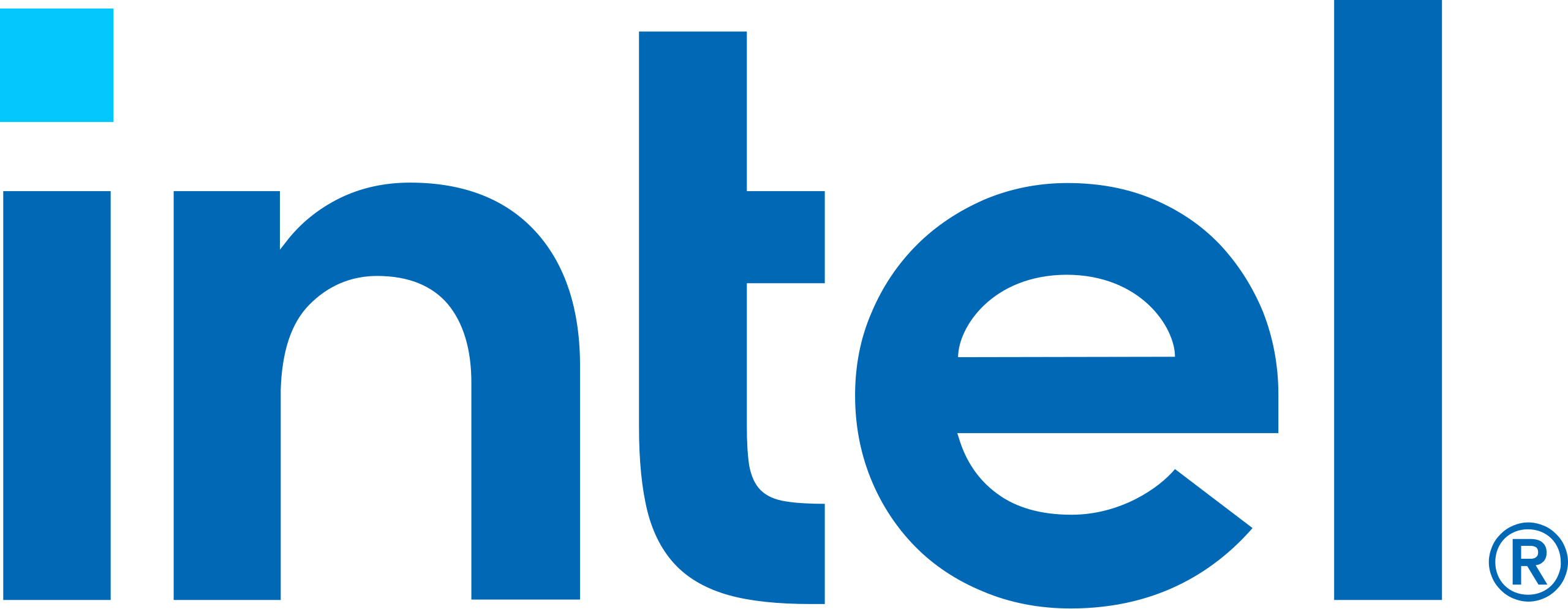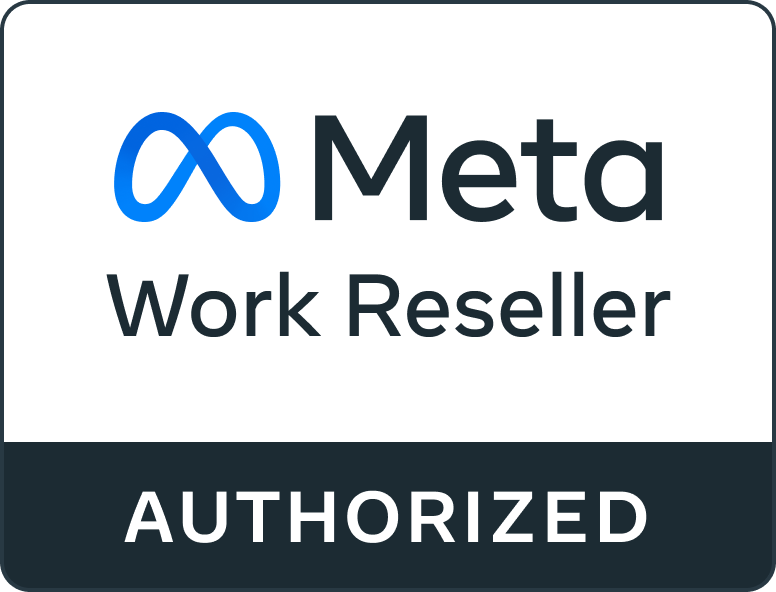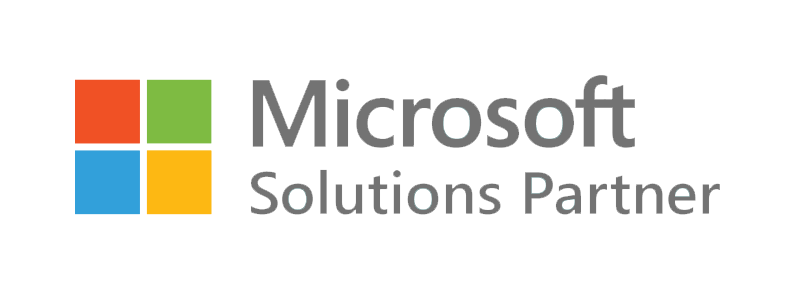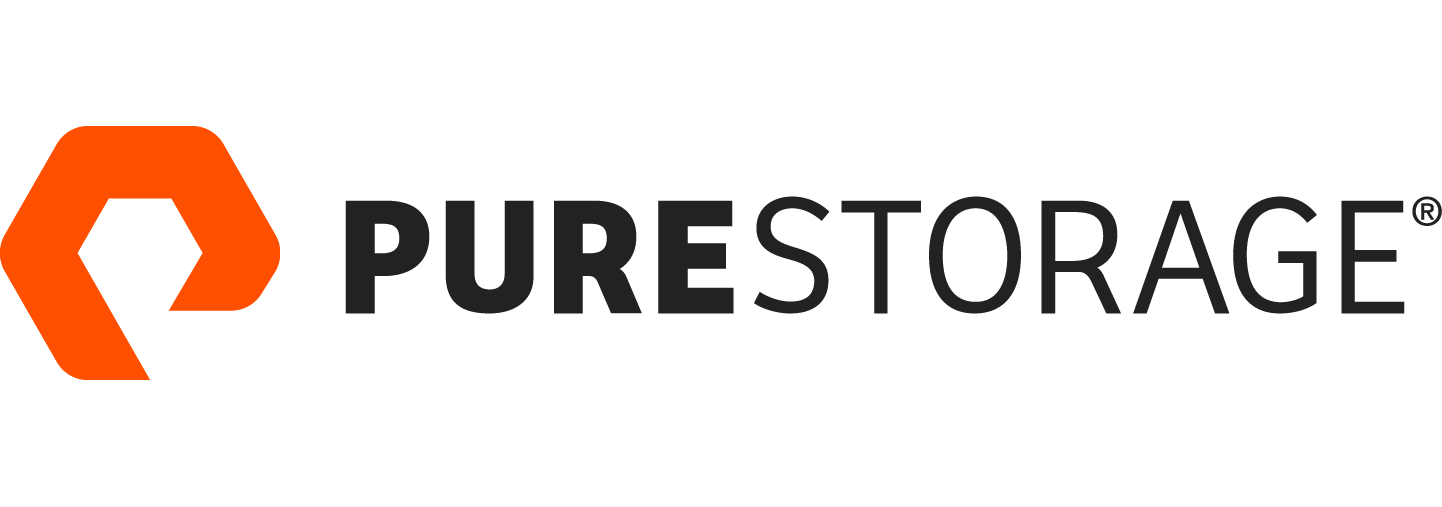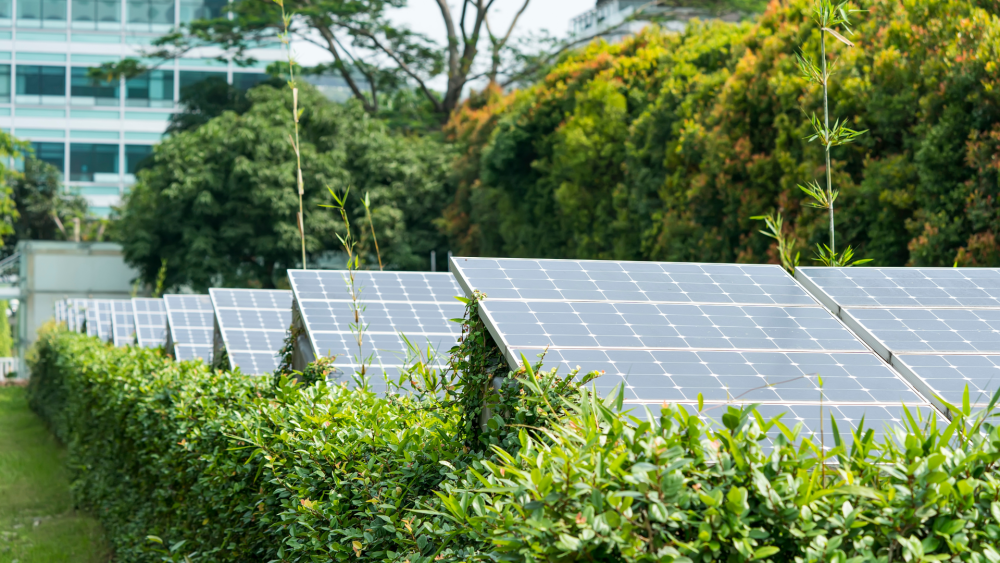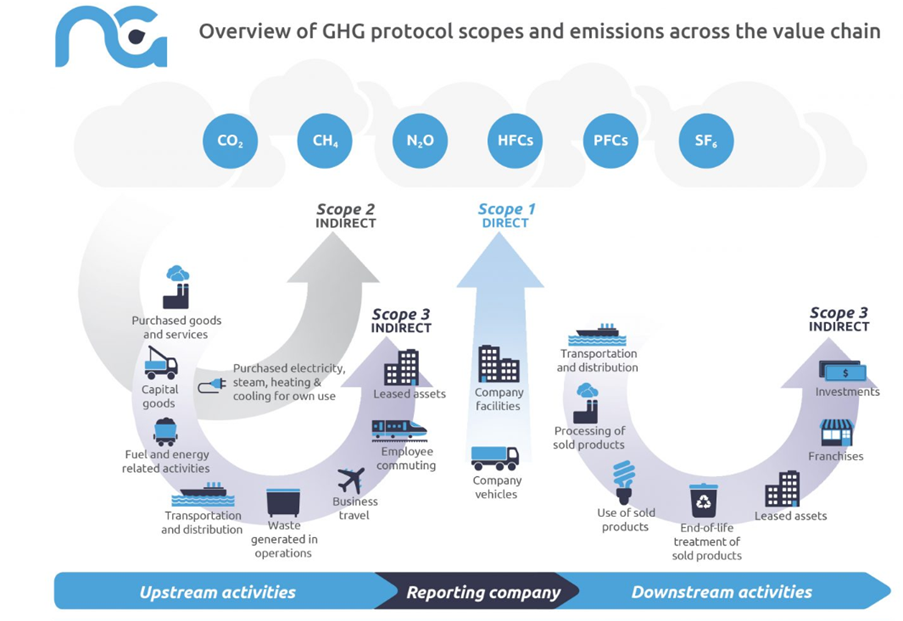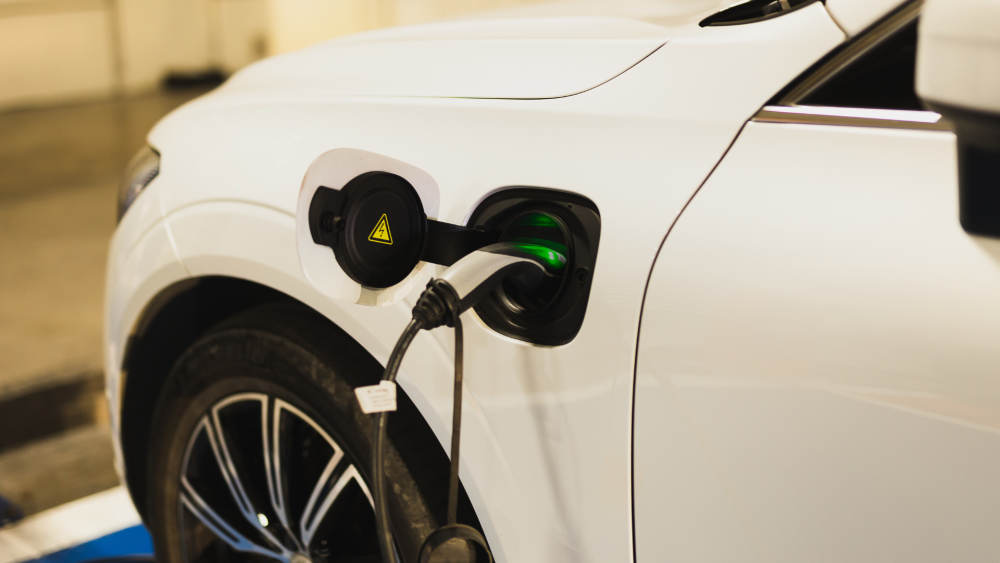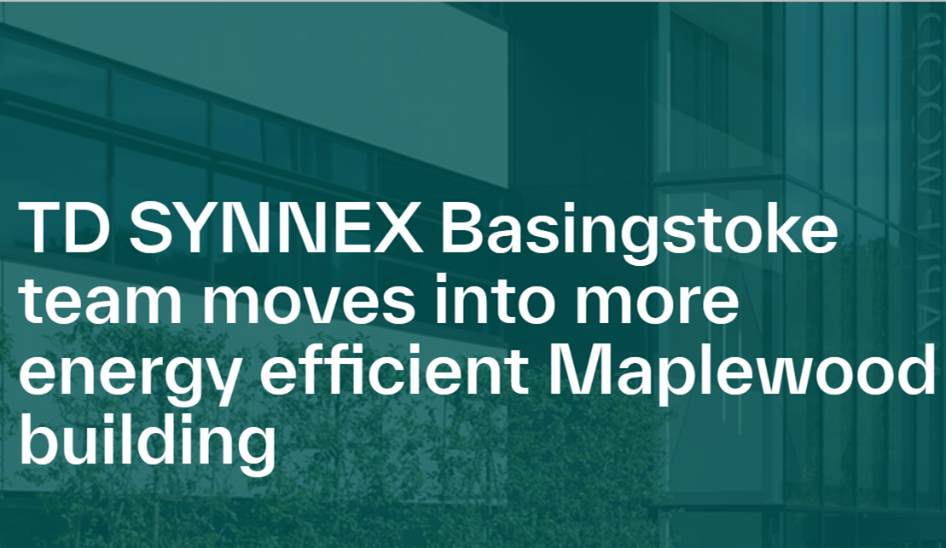We suggest starting with an industry recognised framework for measuring and managing your sustainability targets. The Greenhouse Gas Protocol (GHG) (10) is used by almost all large companies including TD Synnex and is a great place to start. GHG breaks down emissions into three focus areas or scopes:
• Scope 1 : Emissions from sources directly owned or controlled by your business, including burning fuels on-site or in company vehicles.
• Scope 2 : Indirect emissions are caused when the energy your company buys and uses is produced by your energy suppliers, often electricity, gas etc. Although scope 2 emissions physically occur at the facility where they are generated, they are accounted for in a company’s GHG inventory because they are a result of your company’s energy use.
• Scope 3 : Emissions are generated by your end to end supply chain and the customers who use your products & services, as well as any other activities necessary to run your business, from staff travel, commuting to waste management.
A link to the Greenhouse Gas Protocol Web Site is included in the Resources section below.


